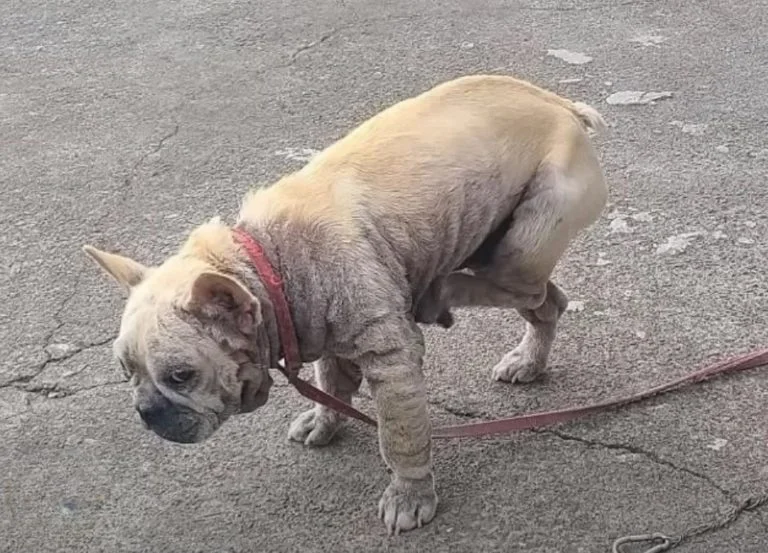History, Care Tips, and Helpful Information for Pomeranian Owners
The Pomeranian, a small toy breed weighing between 3 to 7 pounds, is known for its striking long coat and distinctive neck ruff, reflecting its spitz heritage. Although they are generally friendly, Pomeranians can exhibit bossy and noisy behaviors, making them a better fit for certain environments.
While Pomeranians may not be ideal for families with very young children due to their stubbornness, they often do well with older, calmer children. With proper training, Pomeranians can be loyal companions and even effective watchdogs. They have a relatively long lifespan of 12 to 16 years.
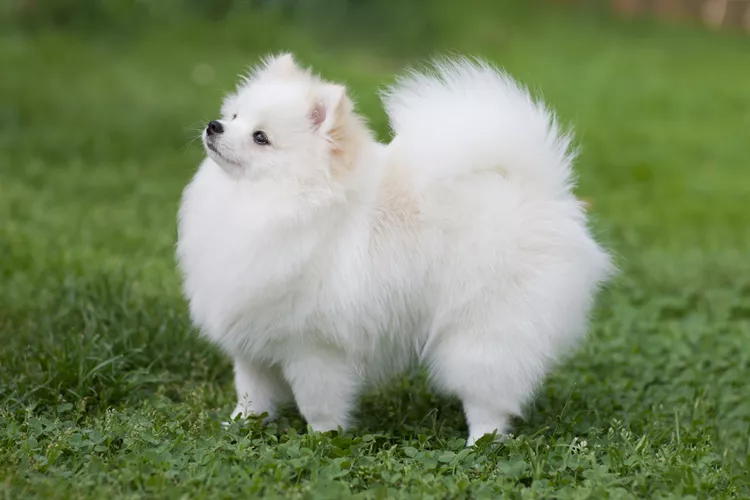
Breed Overview
- Group: Toy (American Kennel Club)
- Height: 6 to 7 inches
- Weight: 3 to 7 pounds
- Coat: Long double coat
- Coat Color: Many colors and combinations, including red, orange, cream, sable, black, brown, and blue
- Life Span: 12 to 16 years
- Temperament: Bold, alert, lively, affectionate
- Hypoallergenic: No
- Origin: Germany and Poland
Characteristics of the Pomeranian
Despite their tiny size, Pomeranians have a bold and lively temperament, and their personality often exceeds their physical stature. They are quite vocal and can serve as alert watchdogs. However, their tendency to bark might be problematic for apartment living. Pomeranians are affectionate with their families and may form a strong bond with one person, but they require an experienced owner due to their challenging training needs.
- Affection Level: High
- Friendliness: Medium
- Kid-Friendly: Medium (best with older, gentle children)
- Pet-Friendly: Medium
- Exercise Needs: Medium
- Playfulness: Medium
- Energy Level: Medium
- Trainability: Medium (requires patience and consistency)
- Intelligence: High
- Tendency to Bark: High
- Amount of Shedding: Medium
History of the Pomeranian
The Pomeranian is a descendant of spitz-type sled dogs from Iceland and Lapland (Finland). These ancestors eventually reached Pomerania, a region now part of Poland and Germany. Breeding in Pomerania reduced their size over time, making the modern Pom the smallest of the spitz breeds. This breed is also related to the Samoyed, Norwegian Elkhound, and Keeshond.
Pomeranians gained popularity in the UK in the late 19th century when Queen Victoria favored the breed, helping to popularize the smaller size. Historically, notable figures like Marie Antoinette and Wolfgang Amadeus Mozart owned Pomeranians. In 1912, two Pomeranians were among the few dogs to survive the Titanic sinking. The breed was recognized by the American Kennel Club in 1888.
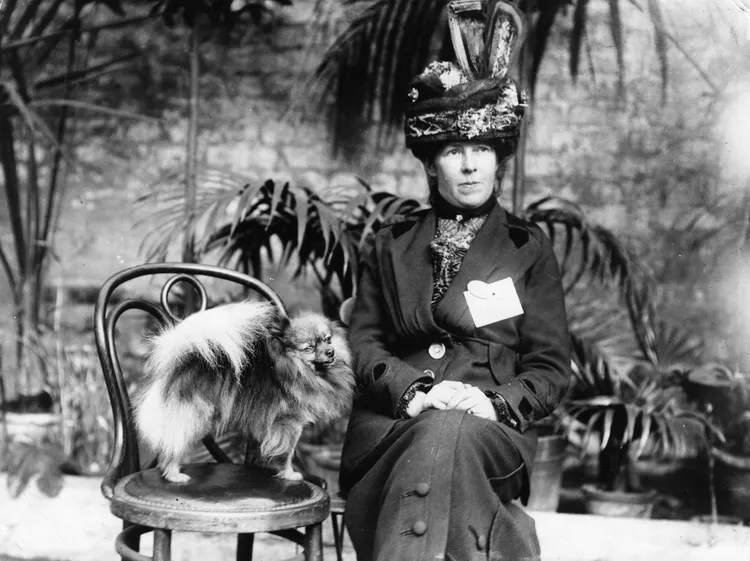
Pomeranian Care
Pomeranians need consistent training and regular exercise to stay happy and healthy. Their dense coat requires frequent grooming, and they are sensitive to heat and rough interactions with other pets or people.
Exercise
Despite their small size, Pomeranians have a medium energy level and need at least one hour of physical activity daily, including walks and playtime. They benefit from mental stimulation through puzzle toys. While they tolerate cold weather, their thick coat can lead to overheating in hot weather, so limit their time outside in the heat and protect them from predators.
Grooming
The Pomeranian’s long double coat requires regular brushing to prevent tangles and mats. Brush at least weekly, and more frequently during seasonal shedding periods. Bathing every four to six weeks, along with ear cleaning and possibly expressing anal glands, is recommended. Pomeranians also need their eyes checked daily due to tear staining, and their nails should be trimmed every four to six weeks.
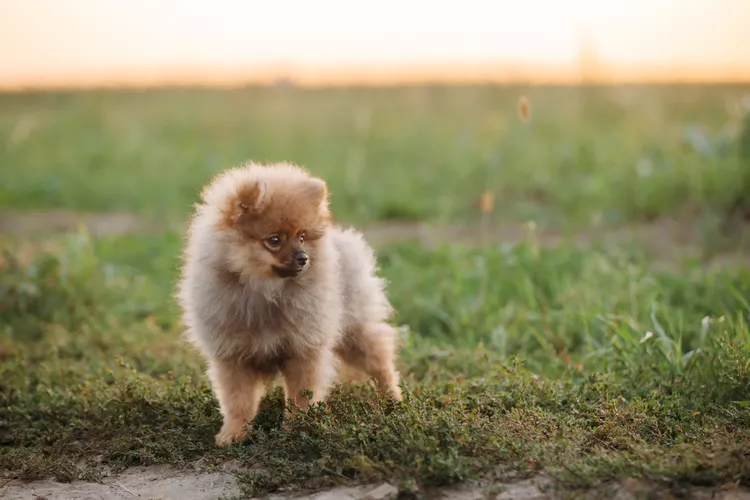
Training
Pomeranians are intelligent but can be stubborn, so training requires consistency and patience. Start training and socialization early to establish good habits and reduce their tendency to bark at strangers. They can live with other pets if properly socialized but may not back down from larger dogs, which can lead to injuries. Ensure all pets and children interact gently with the Pom. To prevent injuries from jumping, consider training them to use a ramp or to avoid furniture.
Common Health Problems
While generally healthy, Pomeranians are prone to certain conditions:
- Luxating Patella: A condition where the kneecap slips out of place, causing pain and limping.
- Collapsing Trachea: A progressive issue that narrows or collapses the windpipe, leading to coughing and breathing difficulties.
- Hypothyroidism: Results in weight gain, lethargy, and a thin coat due to insufficient thyroid hormone production.
- Congestive Heart Failure (CHF): A condition where the heart cannot effectively pump blood.
- Seizures: Characterized by altered behavior, abnormal movements, and possibly loss of consciousness.
- Progressive Retinal Atrophy (PRA): An inherited disease leading to blindness.
- Hypoglycemia: Low blood sugar, common in toy breeds, causing weakness, lethargy, and trembling.

Diet and Nutrition
Pomeranians require a small amount of food compared to larger breeds. They should be fed high-quality, nutritionally balanced food, ideally split into multiple meals per day to prevent hypoglycemia. Consult with your veterinarian to determine the appropriate amount based on your Pom’s size and activity level, and monitor their weight closely.
Where to Adopt or Buy a Pomeranian
Pomeranians are a costly breed, with prices typically starting around $1,000 for a puppy, and can go up to $5,000 for dogs from champion lines. Consider adopting from local shelters or breed-specific rescues. Ensure you have the time and resources to address their training and care needs.
Reputable organizations for finding Pomeranians include:
- American Pomeranian Club
- Pomeranian Rescue
- Pom Squad Rescue
Pomeranian Overview
The Pomeranian is an intelligent and affectionate breed but requires a dedicated owner due to its needs for socialization, training, and grooming. Carefully consider whether this breed fits your lifestyle before bringing one home.
Pros of Pomeranians
- Good watchdogs
- Adaptable to small living spaces
- Lively and loyal
Cons of Pomeranians
- Sensitive to heat
- Not ideal for families with very young children
- Can be stubborn and noisy
Further Research
If you’re considering a Pomeranian, conduct thorough research. Speak with current owners, reputable breeders, and rescue groups to ensure this breed is the right fit for you. Explore similar breeds like the Brussels Griffon, Papillon, and Yorkshire Terrier to find the perfect match for your home.
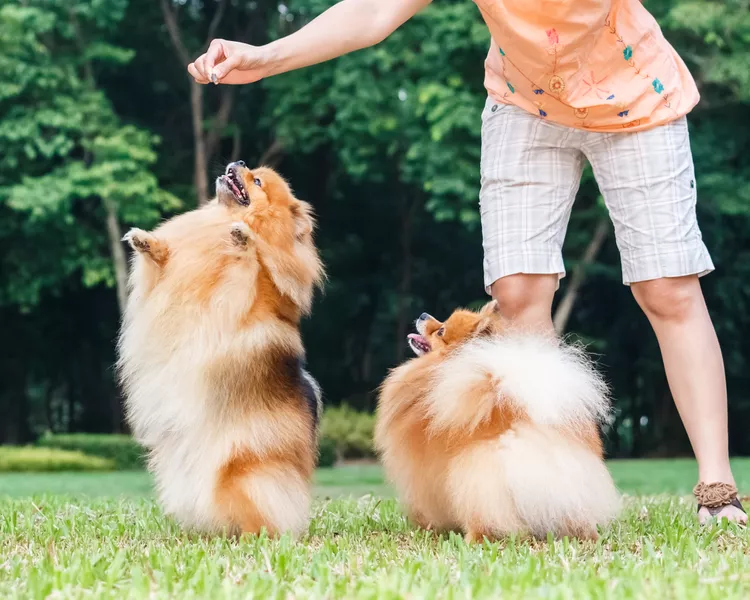
FAQ
- Are Pomeranians good family dogs? Pomeranians can be good family dogs, especially with older children who handle them gently. Their small size makes them susceptible to injury from rough handling.
- Are Pomeranians friendly? Pomeranians are generally friendly and form strong bonds with their families, but they can be protective and wary of strangers.
- Do Pomeranians bark a lot? Yes, Pomeranians are vocal and have a high tendency to bark, which might be a concern in shared living spaces.



